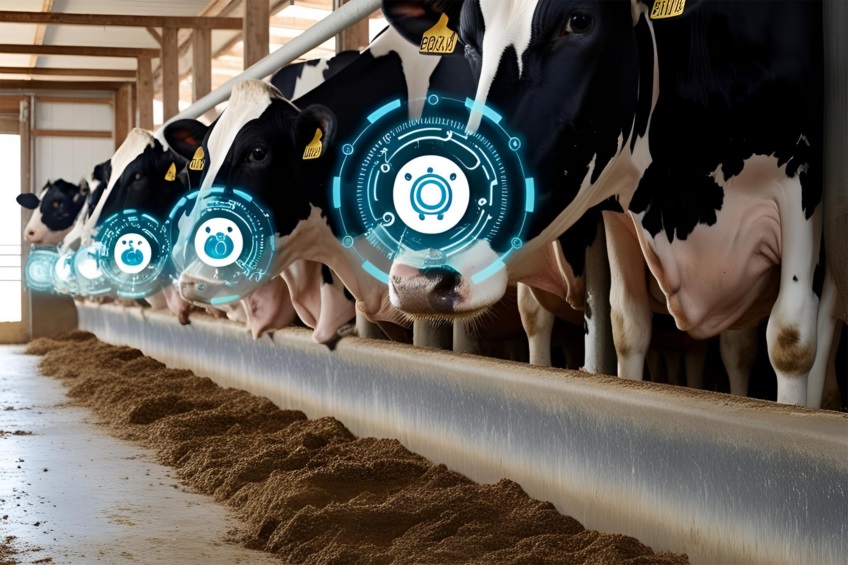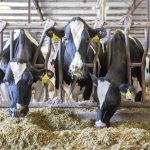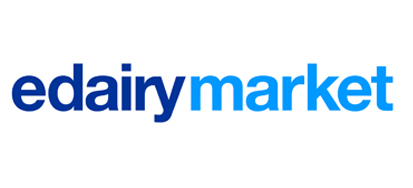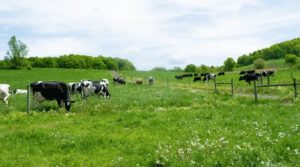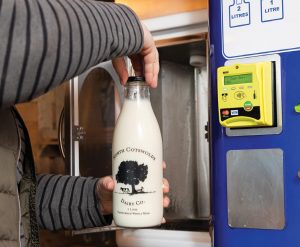
Reducing methane emissions from ruminant livestock remains a major challenge for the dairy industry.
Now, AI technology offers a breakthrough by predicting the effectiveness of feed additives. A new study validates this approach across 13 commercial farms, marking a major step toward more sustainable dairy production.
Ruminant livestock production depends on microorganisms to ferment forages into valuable dairy and meat products. However, this process also generates enteric methane emissions, which are a significant contributor to anthropogenic greenhouse gases.
Until now, success has been limited in reducing methane emissions in spite of various strategies being applied.
AI model development for emissions
In a previous study, scientists from the Massachusetts Institute of Technology and Metha Artificial Intelligence, Israel, developed an AI-driven model based on deep microbiome sequencing, which predicts the effect of feed additives on methane emissions.
The model uses sequenced rumen samples from a given herd to construct microbiome networks to identify biomarkers associated with feed additive effectiveness in the reduction of methane emissions.
Validating the AI model: New study
Their latest study, published in the journal Frontiers in Sustainable Food Systems, the team validated the model supplying a commercial methane-mitigating feed additive and performing hundreds of in-situ methane measurements across 13 Israeli commercial Holstein dairy farms.
Study design and methodology
The primary goal of the study was to validate the accuracy of the AI-driven model using an essential oil-based feed additive (Agolin Ruminant), which is recognised for its methane-reducing potential, which is composed of coriander seed oil, eugenol, geranyl acetate and geraniol.
This was followed by an extensive in-vivo methane emission procedure, which included biweekly methane measurements taken at the same time of day at each site over 3 months, resulting in at least 7 time points.
To avoid seasonal effects and enhance methodological robustness, the model validation was conducted in independent cohorts across the 13 different farms across Israel, including arid and mountainous areas.
Farm conditions and treatments
The herds were maintained on a standard mixed diet with a 32/68 forage-to-concentrate ratio, while each farm followed its own nutritional regime.
In the study, the selected feed additive was suppled by each local farm staff (1gram/cow/day) for 60 days mixed with the concentrate part of the mix as a top dressing to 20 randomly selected cows at each site. Another 20 cows were randomly selected from the control group, receiving the standard mixed diet without the feed additive.
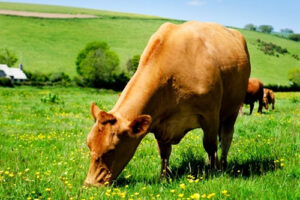
Methane emissions results
Enteric methane measurements used for model performance assessment and validation were obtained using the ATEX Gas Analyser.
Methane emissions decreased significantly in the treated groups following the administration of the feed additive compared to the control groups, with reductions found on 11 of the 13 farms, ranging from just 0.1% to 19%, and an overall reduction of 9.86%. The other 2 sites exhibited a slight increased of 1.1% in methane emission.
Model accuracy and conclusions
To test the accuracy, the researchers compared the enteric methane emissions with the predictions obtained by the AI-driven model. They found the model accurately predicted the effect of the feed additive at each site even where the effect was minimal.
The results highlight the model’s robustness and precision, demonstrating its effectiveness in predicting enteric methane reductions and enhancing feed additive performance.
In addition, the model serves as a critical tool for data-driven decision-making, playing a pivotal role in advancing precision agriculture practices.
You can now read the most important #news on #eDairyNews #Whatsapp channels!!!
🇺🇸 eDairy News INGLÊS: https://whatsapp.com/channel/0029VaKsjzGDTkJyIN6hcP1K
